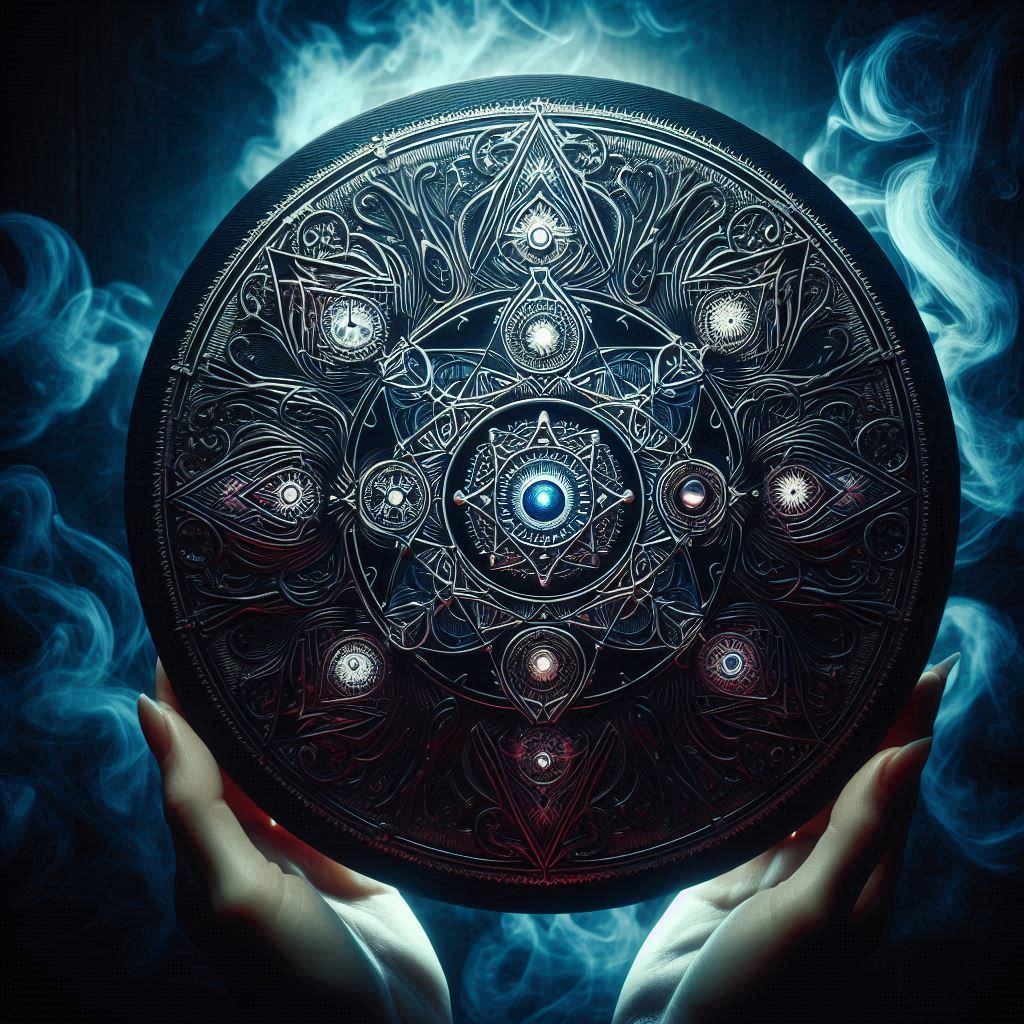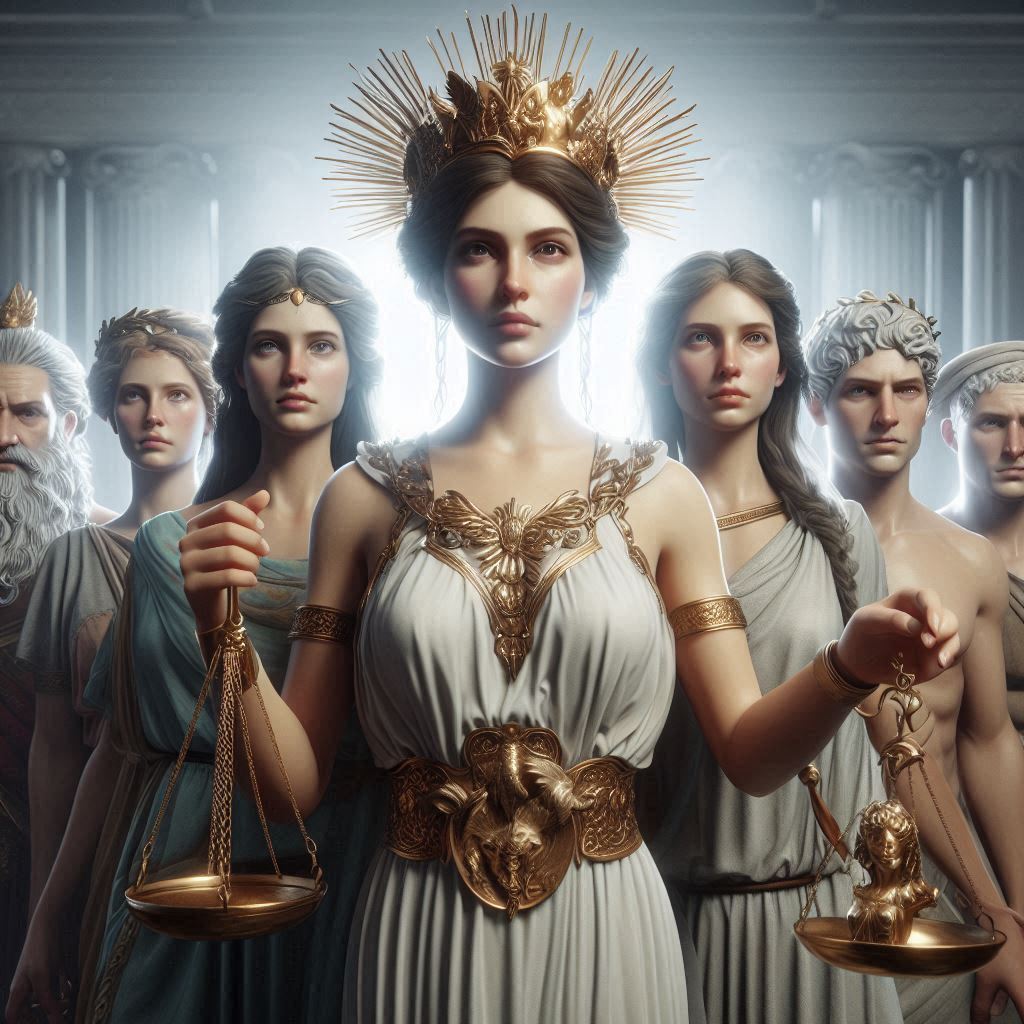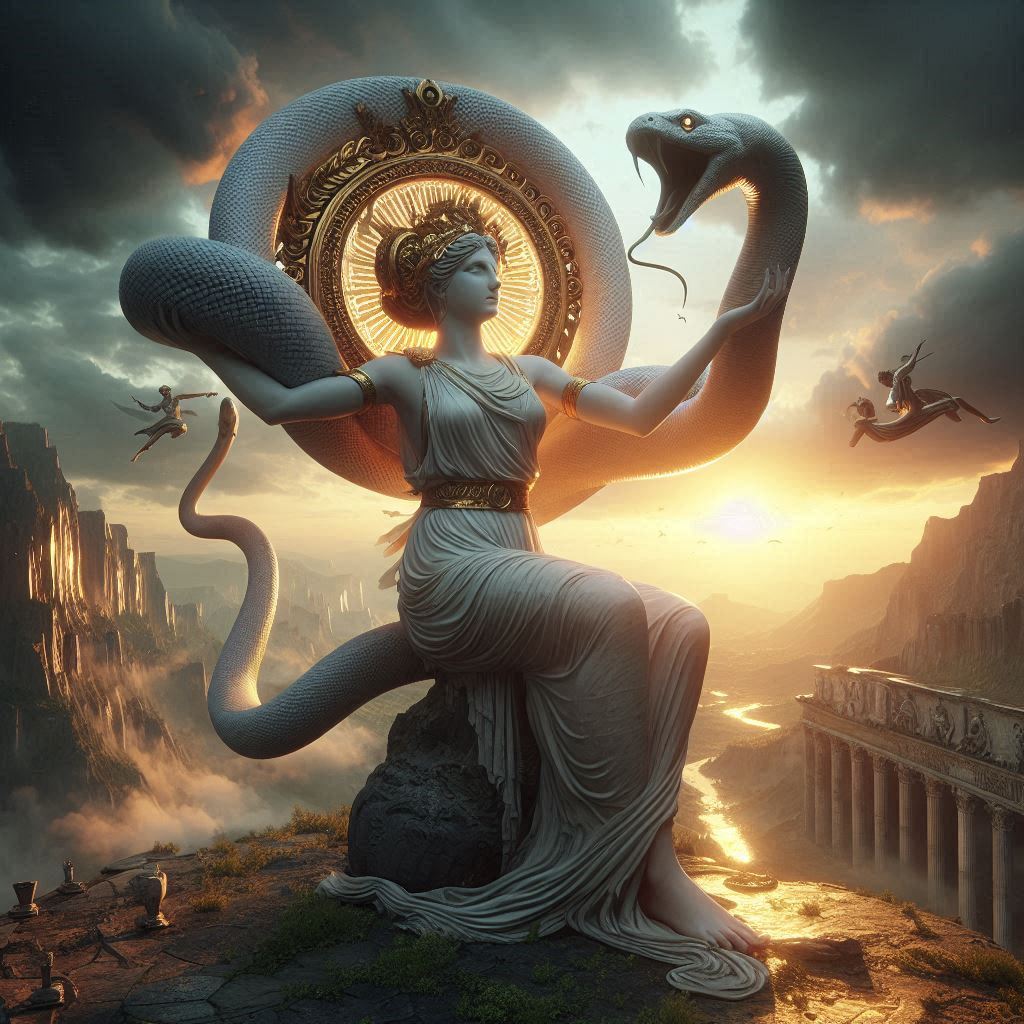Table of Contents
Astrology and Literature: A Celestial Connection
What is the relation between Astrology and Literature? Astrology, the ancient study of celestial bodies and their influence on human affairs, has long been intertwined with literature. From classical epics to modern novels, astrological symbolism, themes, and character archetypes have enriched storytelling, adding layers of meaning and cosmic significance. Writers across cultures and eras have drawn upon astrology to explore fate, personality, and the human connection to the universe. This essay examines the relationship between astrology and literature, tracing its presence in mythological texts, medieval poetry, Renaissance drama, and contemporary fiction. By analyzing key examples, we can better understand how astrology has shaped literary expression and why it continues to captivate readers and writers alike.

Astrology in Ancient and Classical Literature
Astrology’s roots stretch back to ancient civilizations, where celestial observations were closely tied to religion, mythology, and storytelling. In Babylonian and Mesopotamian texts, omens derived from planetary movements were recorded and interpreted, influencing early mythological narratives. The Epic of Gilgamesh, one of the oldest known literary works, contains references to celestial deities and omens, reflecting the belief that the gods communicated through the stars.
In Greek and Roman literature, astrology played a crucial role in shaping epic poetry and tragedy. Homer’s Iliad and Odyssey frequently invoke celestial imagery, with gods like Apollo (associated with the sun) and Artemis (linked to the moon) influencing mortal destinies. The concept of fate (moira) in Greek tragedy—seen in works like Sophocles’ Oedipus Rex—parallels astrological determinism, where human lives are bound by cosmic forces beyond their control.
Virgil’s Aeneid, a cornerstone of Roman literature, employs astrological symbolism to underscore Aeneas’ divine mission. The stars guide his journey, reinforcing the idea that Rome’s destiny was written in the heavens. Similarly, Manilius’ Astronomica, a didactic poem from the 1st century CE, merges astrology with epic poetry, illustrating how celestial patterns govern human existence.
Astrology in Medieval and Renaissance Literature
During the Middle Ages, astrology was widely accepted as a science, and its influence permeated literature. Dante Alighieri’s Divine Comedy (1320) is a prime example, where the poet’s journey through Hell, Purgatory, and Heaven is framed within a meticulously structured cosmos. The spheres of Paradise correspond to planetary influences, with each celestial body representing a virtue or divine attribute. Dante’s vision reflects the medieval belief in a harmonious, astrologically ordered universe.
Geoffrey Chaucer, often called the father of English literature, incorporated astrology into The Canterbury Tales. In “The Knight’s Tale,” planetary gods (Mars, Venus, Saturn) dictate the fates of the characters, embodying astrological archetypes of war, love, and destiny. Chaucer’s Treatise on the Astrolabe, written for his son, further demonstrates his engagement with astrological science.
The Renaissance saw a resurgence of astrological themes, particularly in drama. William Shakespeare frequently used astrological imagery to enhance his plays’ emotional and thematic depth. In King Lear, Edmund’s famous soliloquy (“This is the excellent foppery of the world…”) mocks astrology while acknowledging its cultural hold. Romeo and Juliet opens with a reference to “star-crossed lovers,” framing their tragic romance as cosmically doomed. Even A Midsummer Night’s Dream plays with lunar symbolism, as the moon governs the lovers’ chaotic enchantments.
Christopher Marlowe’s Doctor Faustus also engages with astrology, as Faustus seeks to master celestial knowledge in his quest for power. The play reflects Renaissance tensions between scientific inquiry and astrological mysticism.
Astrology in Romantic and Gothic Literature
The Romantic era emphasized emotion, nature, and the sublime, making astrology a fitting motif for poets who sought to transcend the material world. William Blake’s mystical poetry, such as The Marriage of Heaven and Hell, blends astrology with visionary symbolism, portraying the cosmos as a battleground of spiritual forces. John Keats’ Hyperion draws on Greek mythology and celestial imagery to explore themes of change and fate.
In Gothic literature, astrology often appears as a harbinger of doom or a tool for occult knowledge. Mary Shelley’s Frankenstein subtly incorporates astrological references, with Victor Frankenstein’s obsession with forbidden knowledge mirroring the Renaissance magus tradition. Bram Stoker’s Dracula uses lunar cycles to time the vampire’s powers, reinforcing the link between celestial bodies and supernatural forces.
Modern and Contemporary Literature: Astrology as Symbolism and Psychology
In the 20th and 21st centuries, astrology evolved from a deterministic system to a psychological and symbolic tool in literature. T.S. Eliot’s The Waste Land references the Tarot and astrological signs, suggesting a fragmented world seeking cosmic order. James Joyce’s Ulysses employs astrological correspondences, with each episode linked to a body part, color, and celestial symbol, reflecting the influence of Hermeticism.
Magical realism in Latin American literature often blends astrology with myth. Gabriel García Márquez’s One Hundred Years of Solitude features prophetic astrological signs, reinforcing the novel’s cyclical view of history. Similarly, Isabel Allende’s The House of the Spirits uses zodiac symbolism to explore familial destiny.
Contemporary fiction continues to engage with astrology, often through character archetypes. Alice Hoffman’s Practical Magic weaves astrological lore into its narrative, while Donna Tartt’s The Secret History uses planetary symbolism to underscore themes of fate and moral decay. Astrology also thrives in fantasy literature, such as J.K. Rowling’s Harry Potter series, where celestial bodies influence magical events (e.g., centaurs reading the stars, the prophecy of the “Chosen One”).
Why Astrology Endures in Literature
Astrology’s persistence in literature can be attributed to several factors:
- Universal Themes – Astrology speaks to timeless human concerns: fate, identity, and our place in the cosmos.
- Rich Symbolism – Planets, stars, and zodiac signs provide writers with a ready-made symbolic language.
- Psychological Depth – Carl Jung’s concept of archetypes aligns with astrological personalities, making it a useful tool for character development.
- Mystery and Wonder – The unknown allure of the stars fuels imaginative storytelling.
Conclusion
From ancient epics to postmodern novels, astrology has been a powerful literary device, enriching narratives with cosmic significance. Whether used to underscore fate, enhance symbolism, or explore psychological archetypes, it remains a compelling bridge between the celestial and the human. As long as humanity looks to the stars for meaning, astrology will continue to inspire literature, reminding us that storytelling, like the cosmos, is boundless.


No responses yet